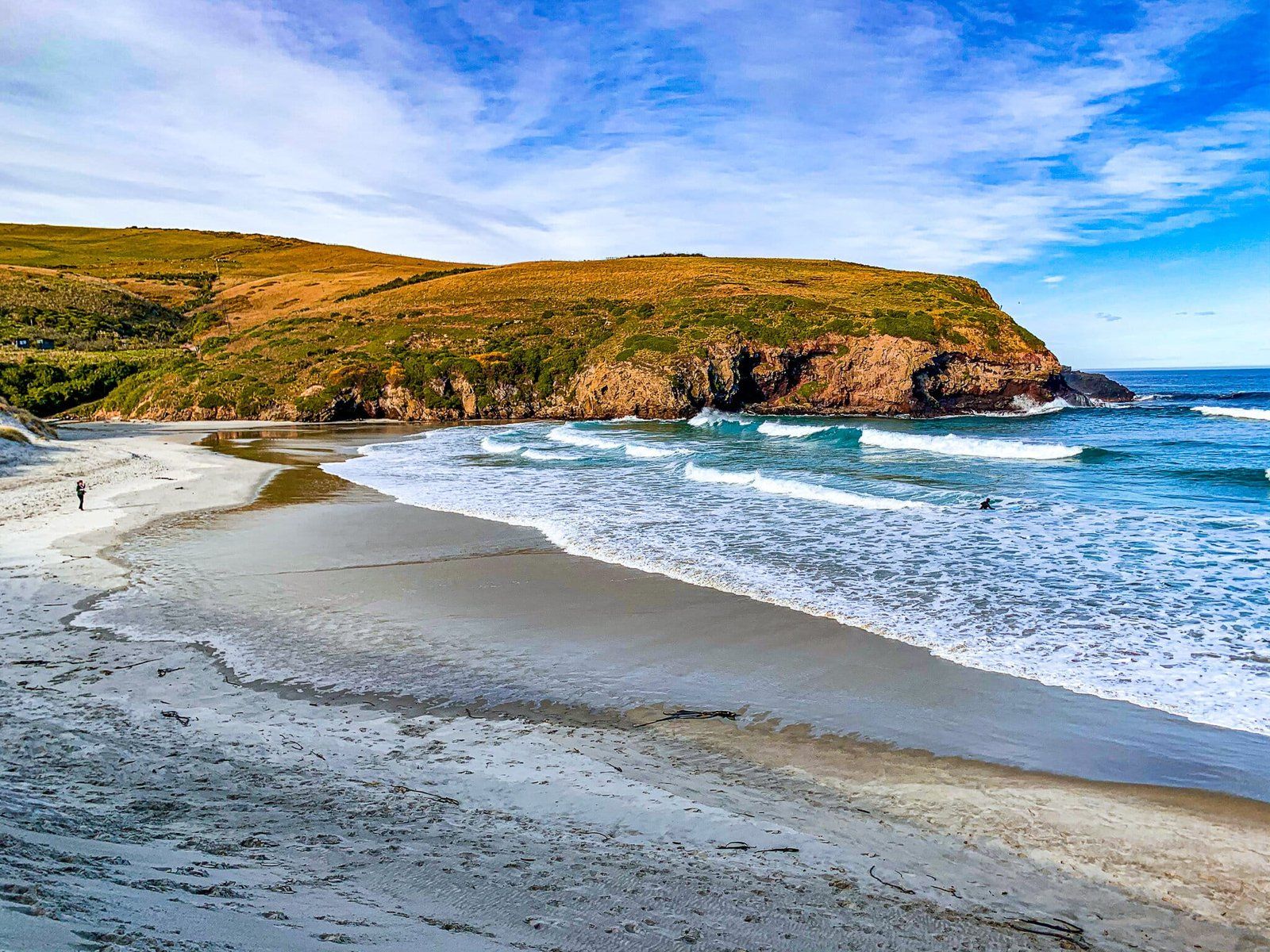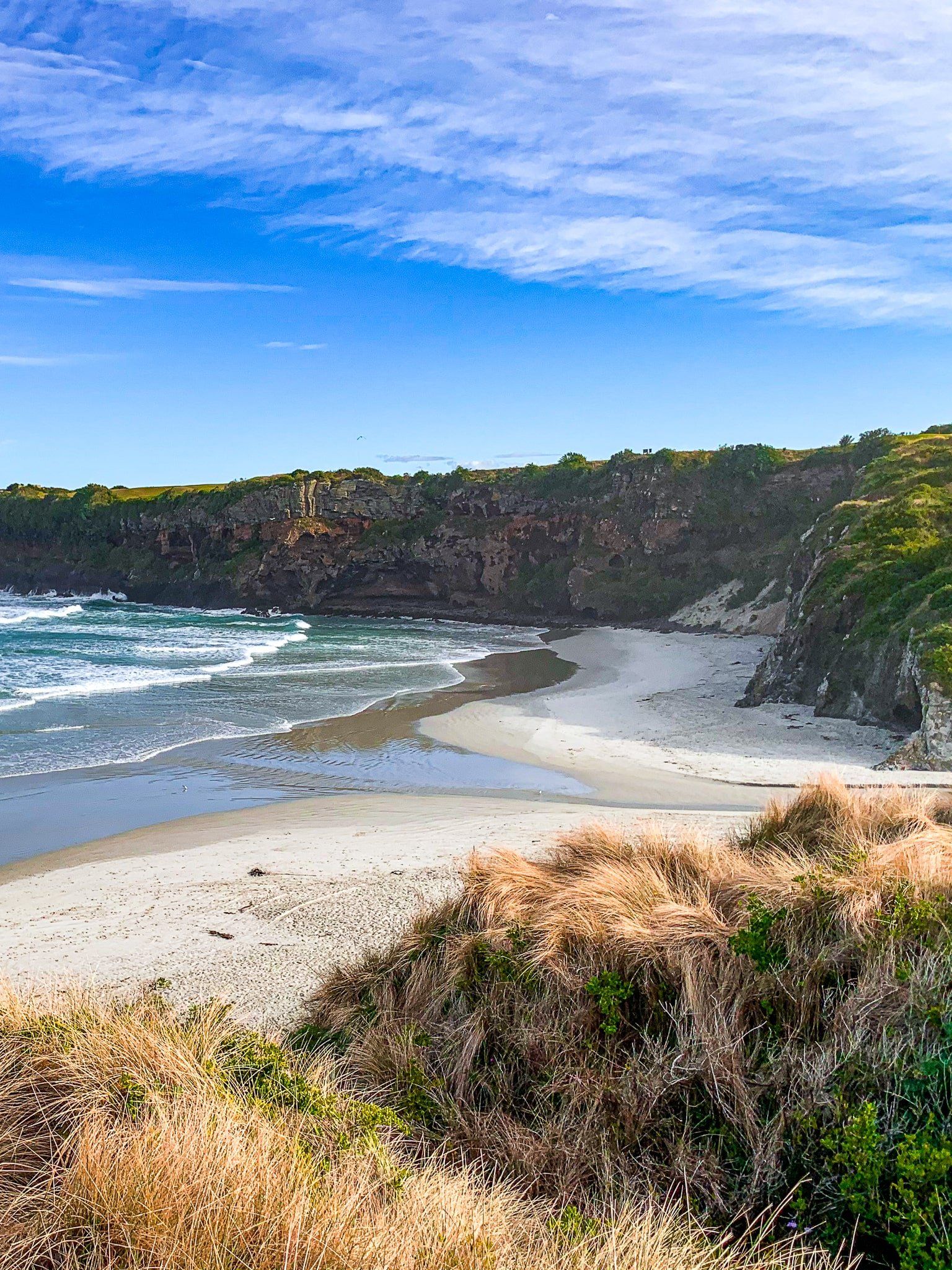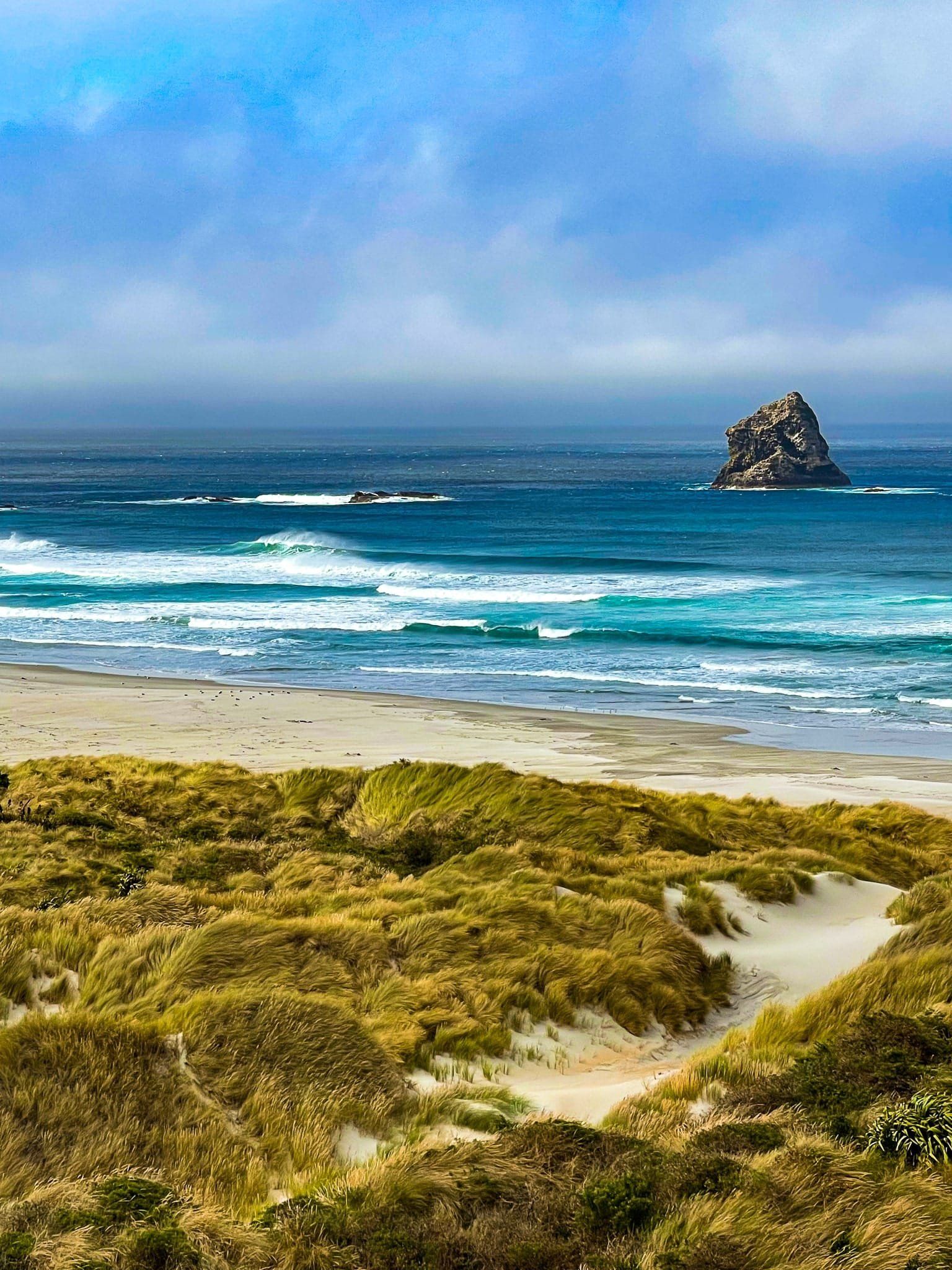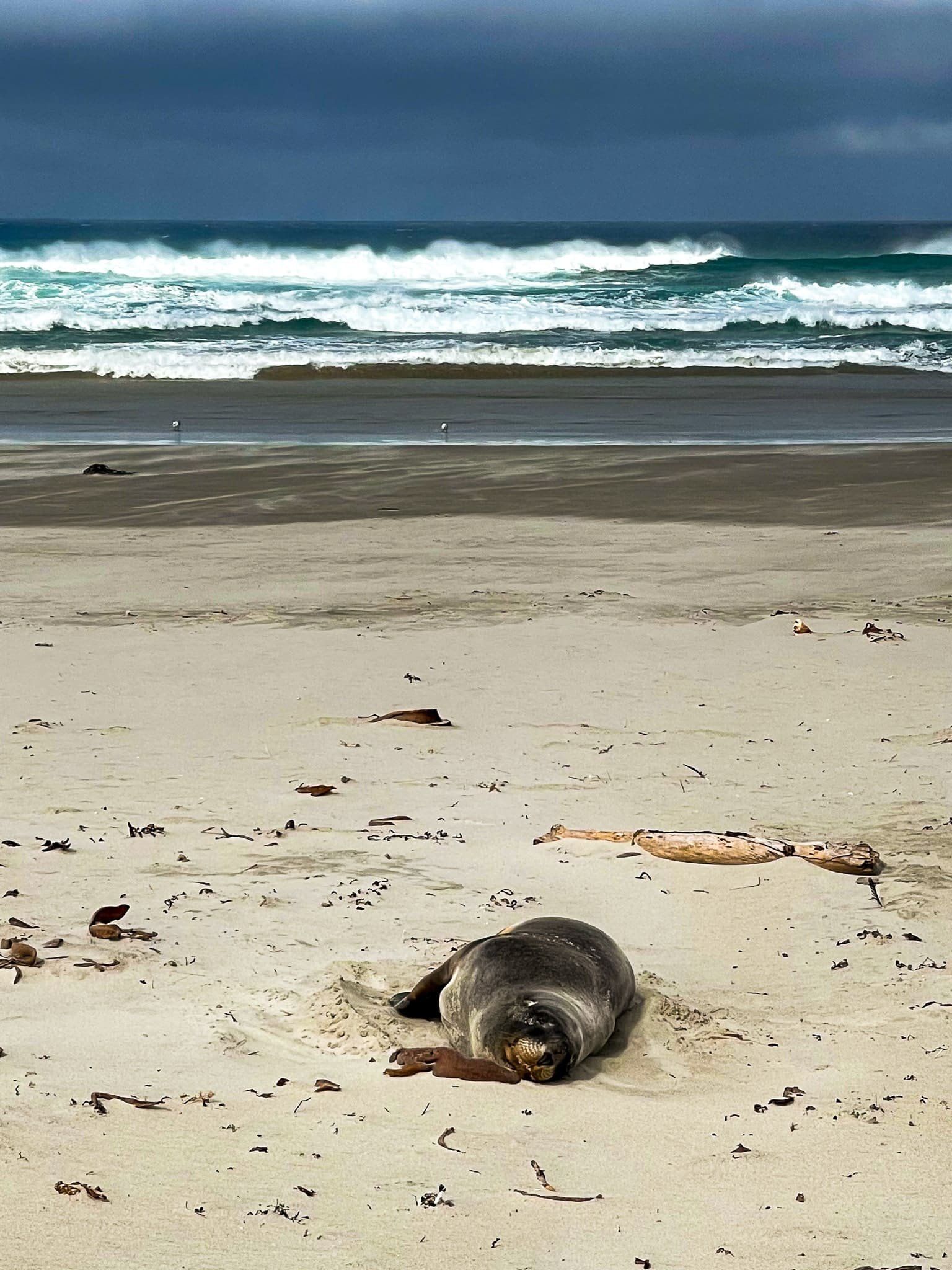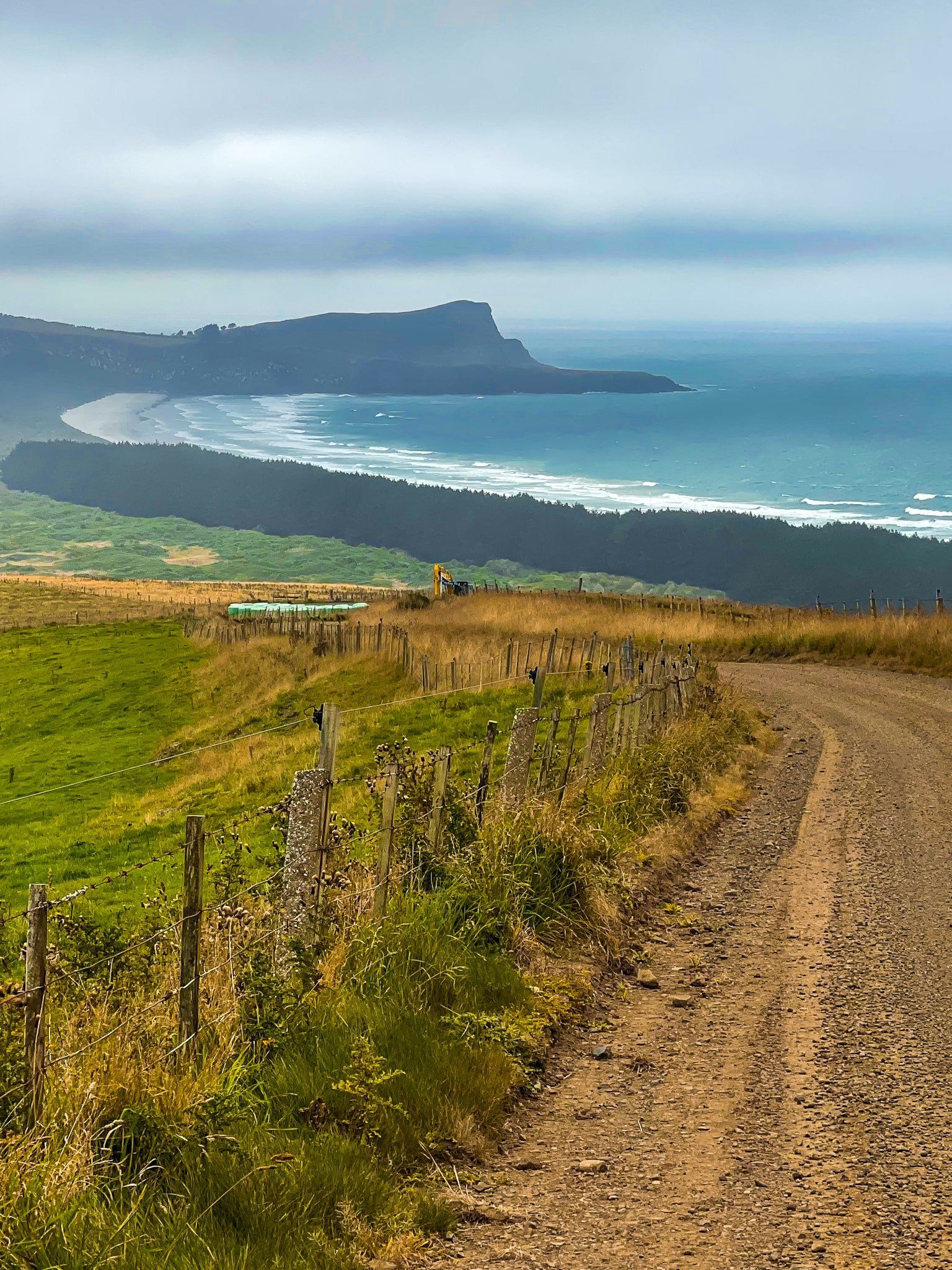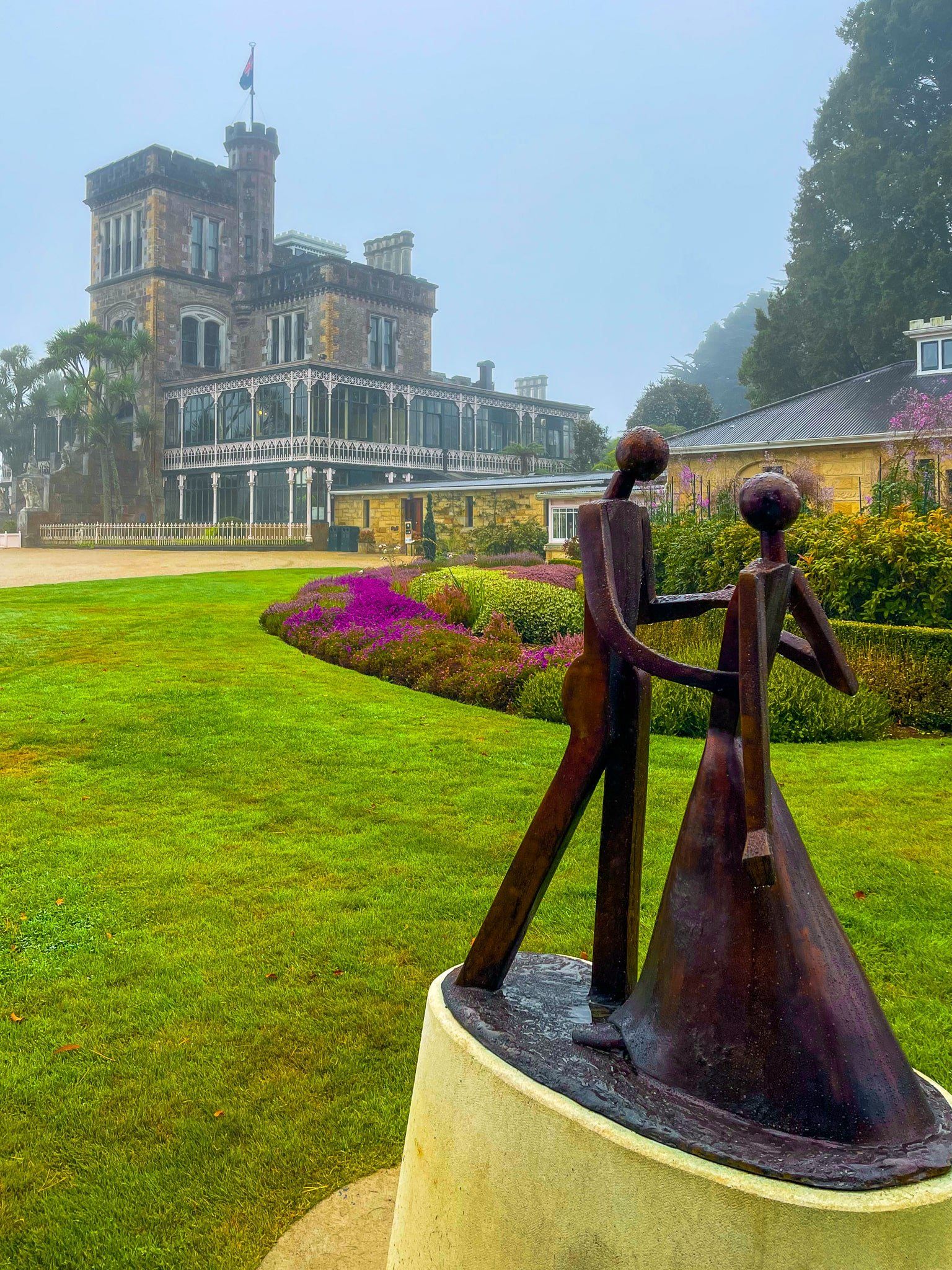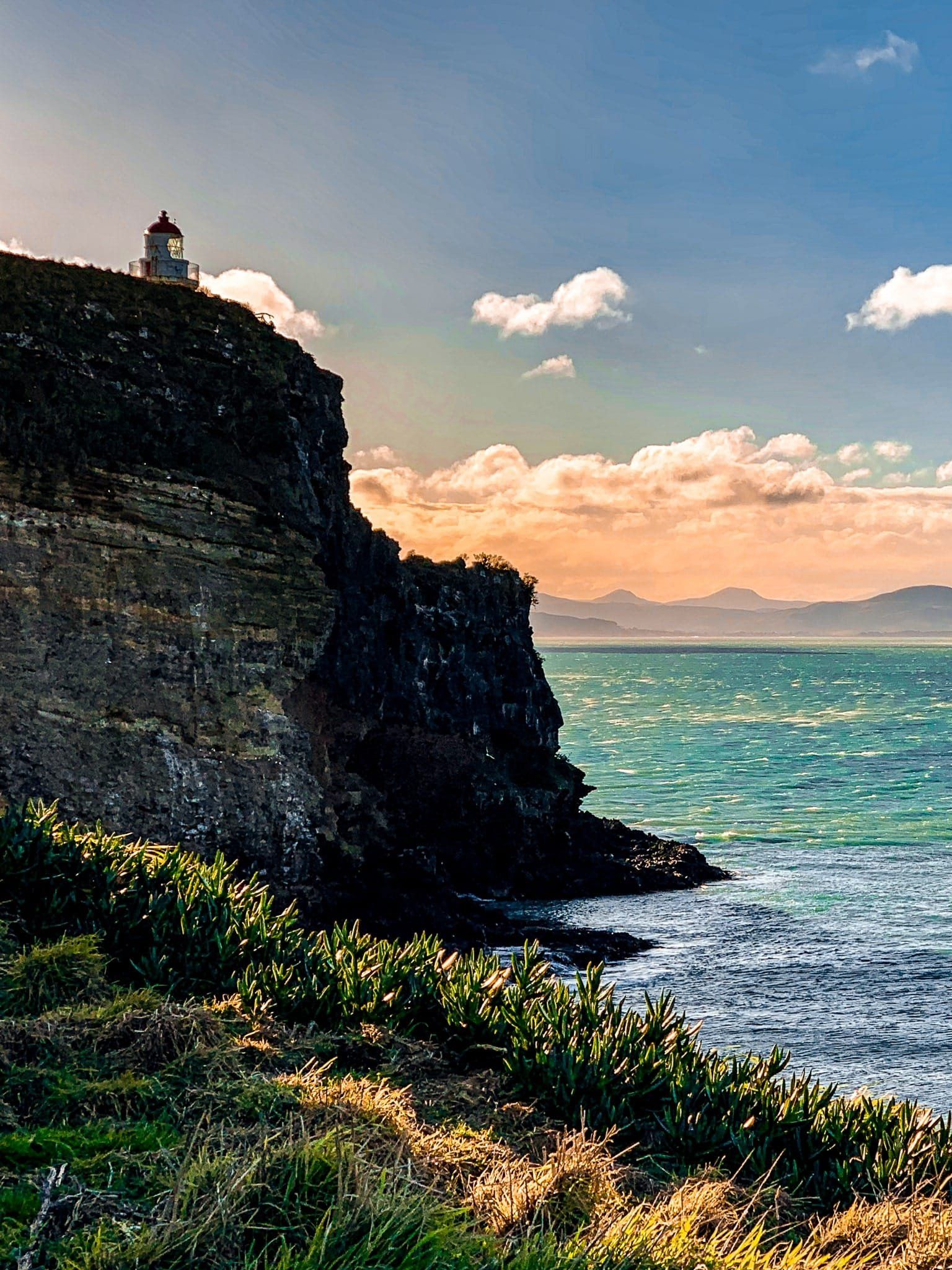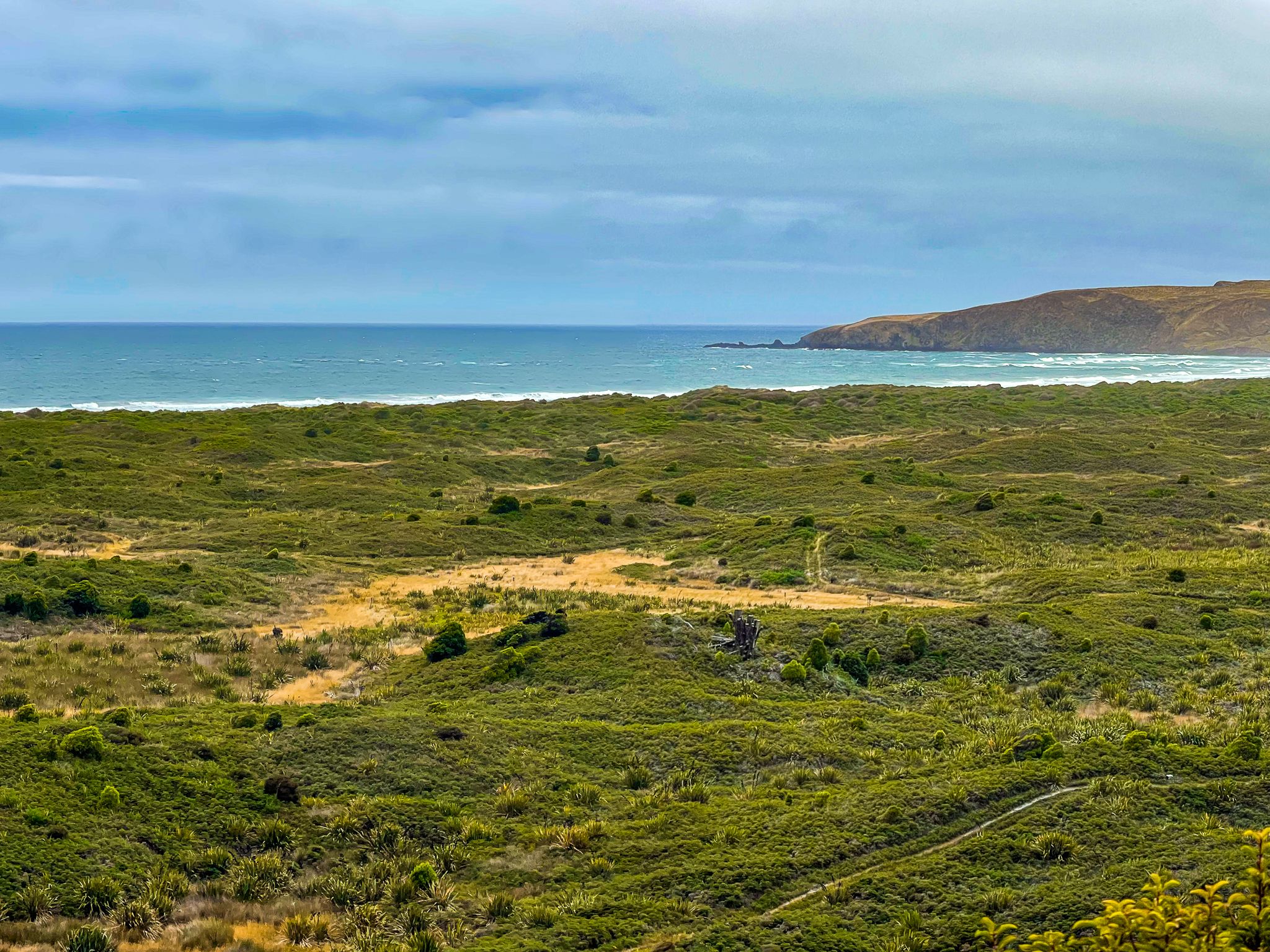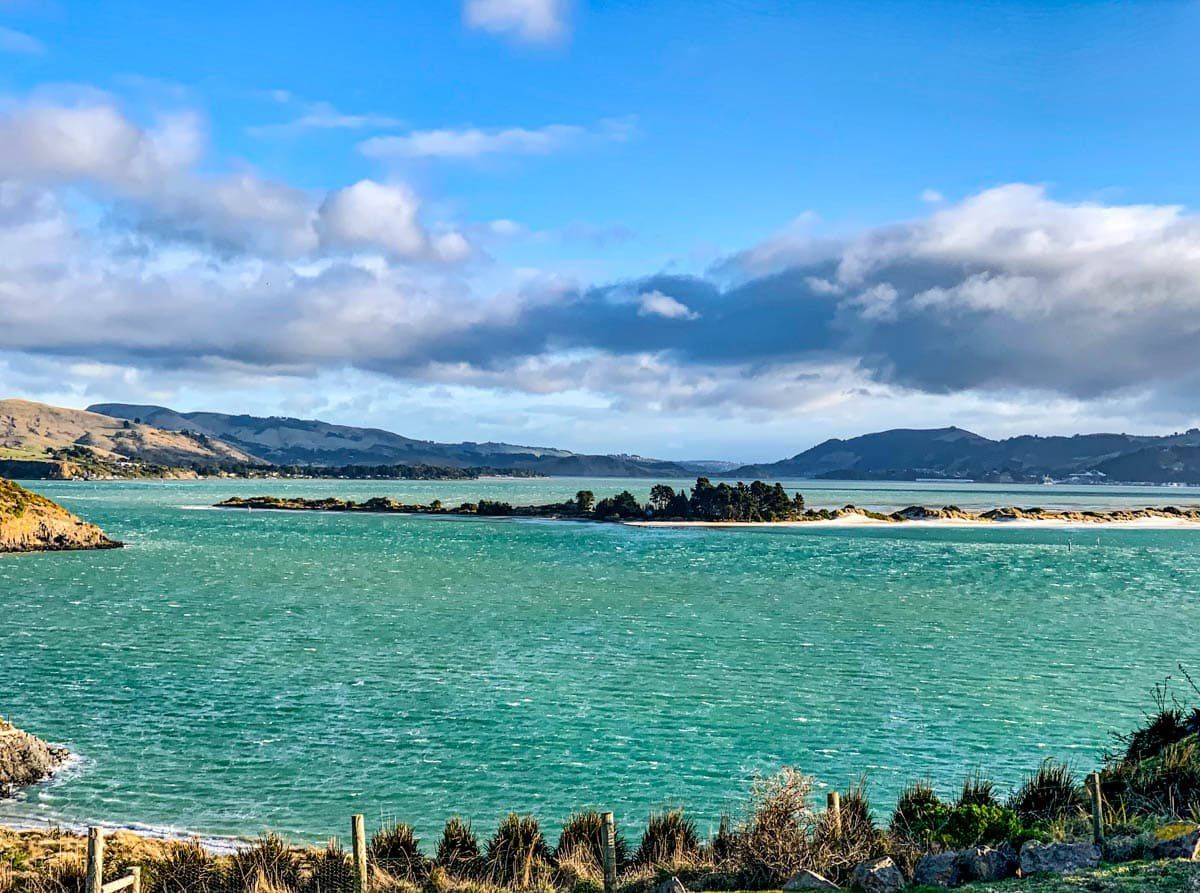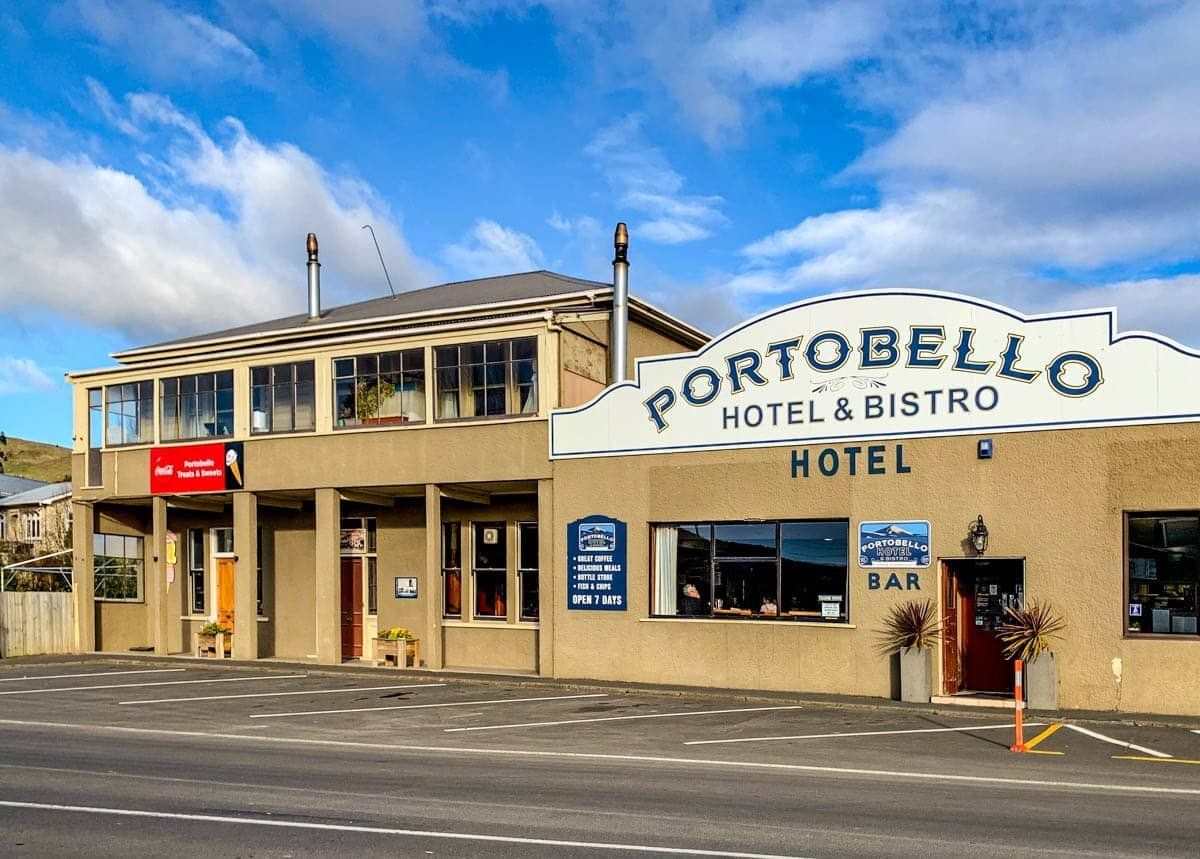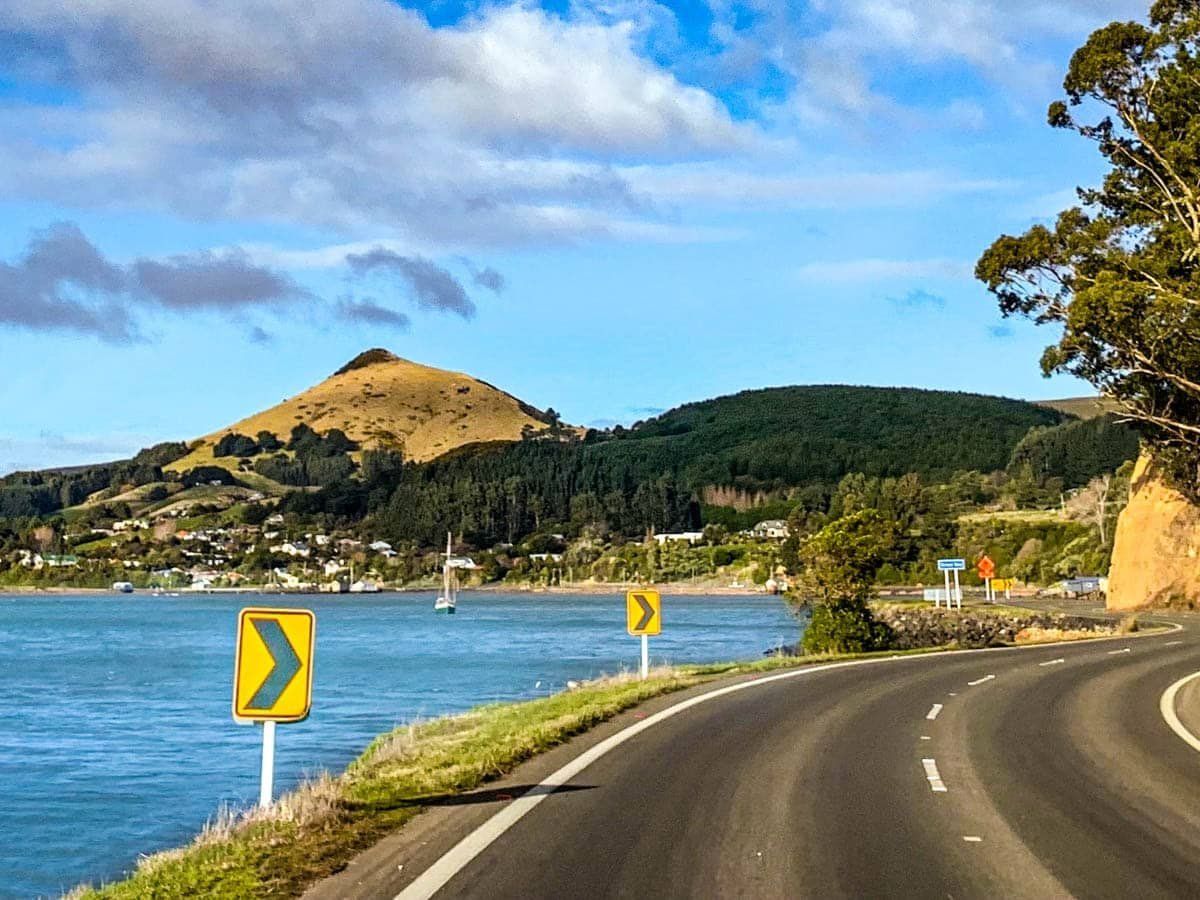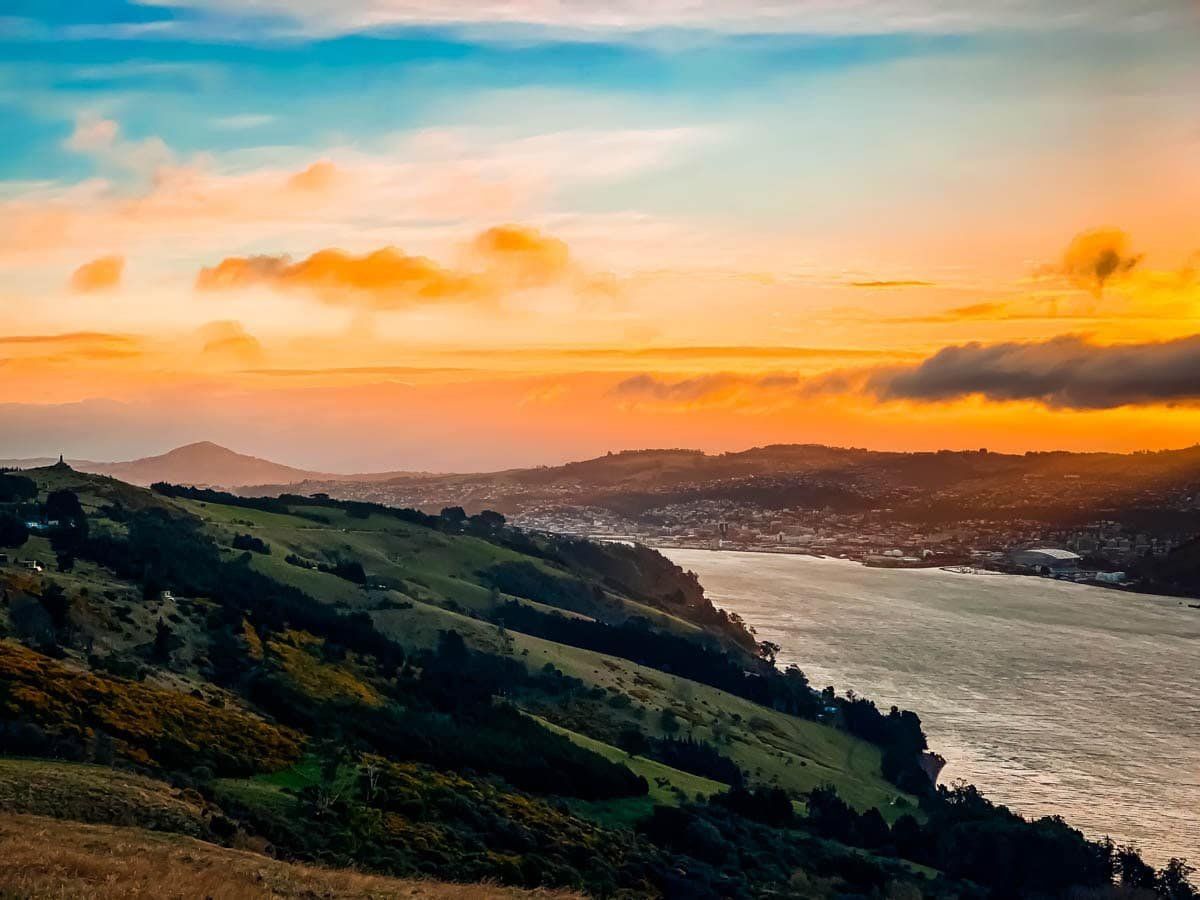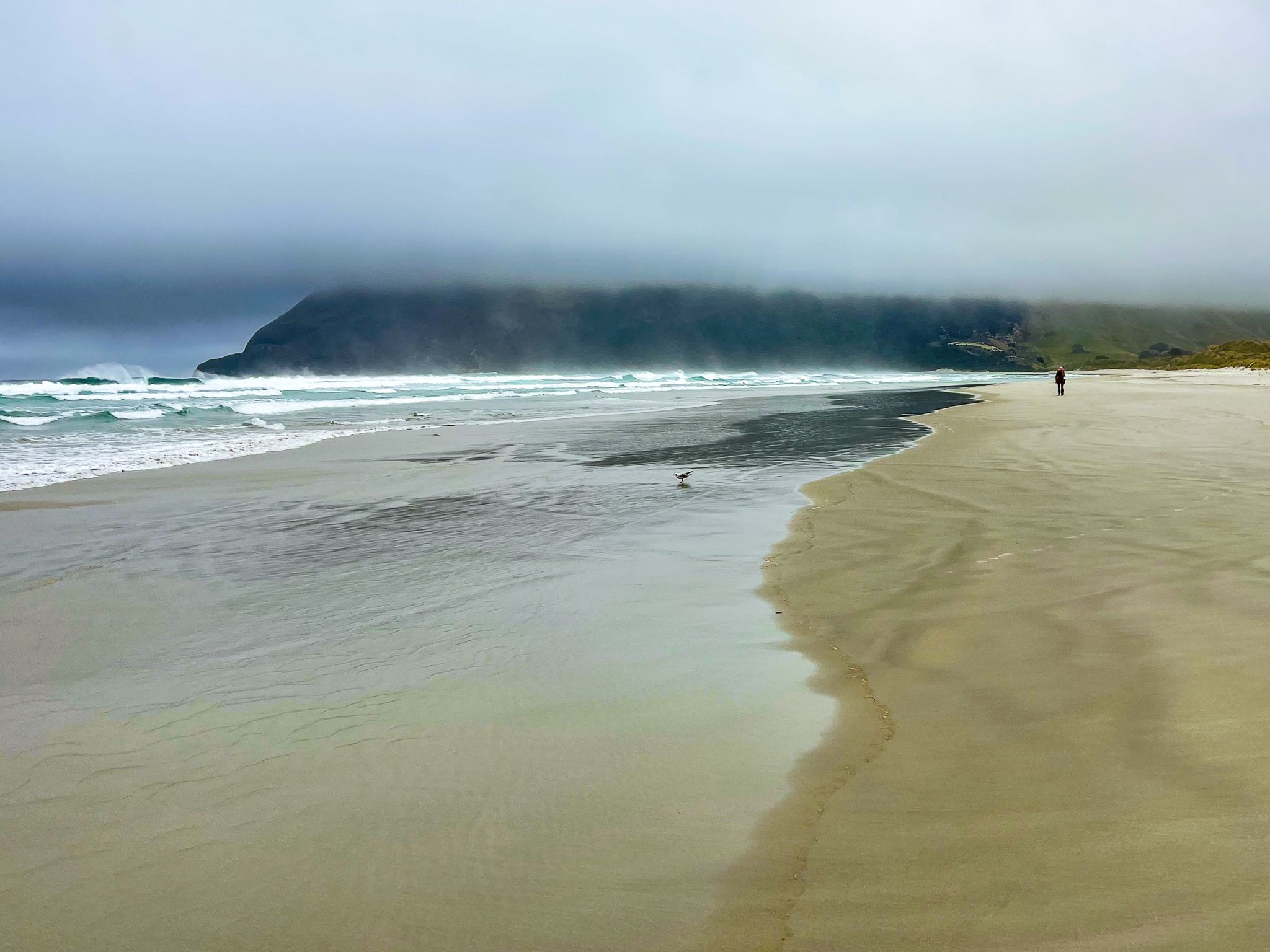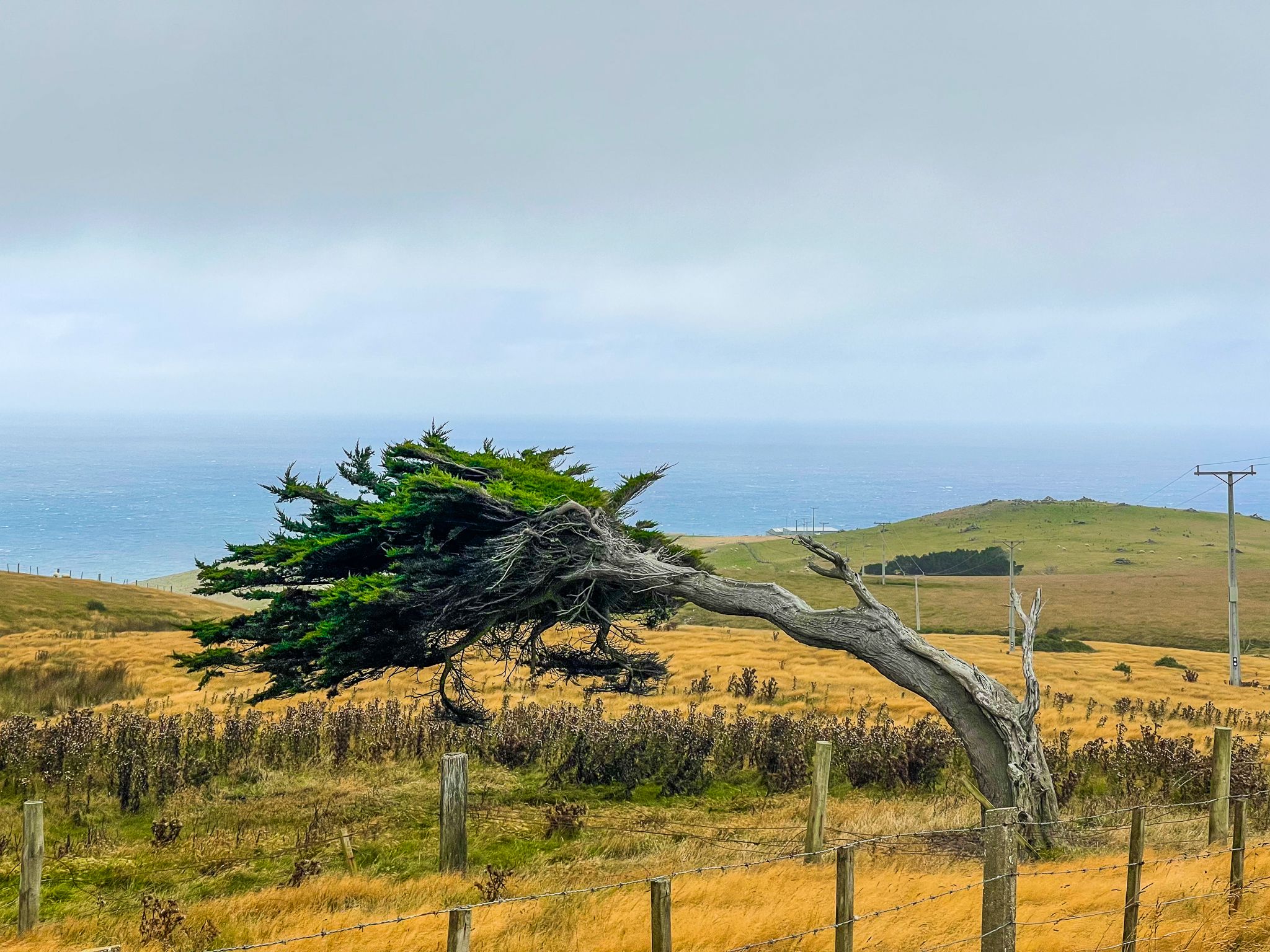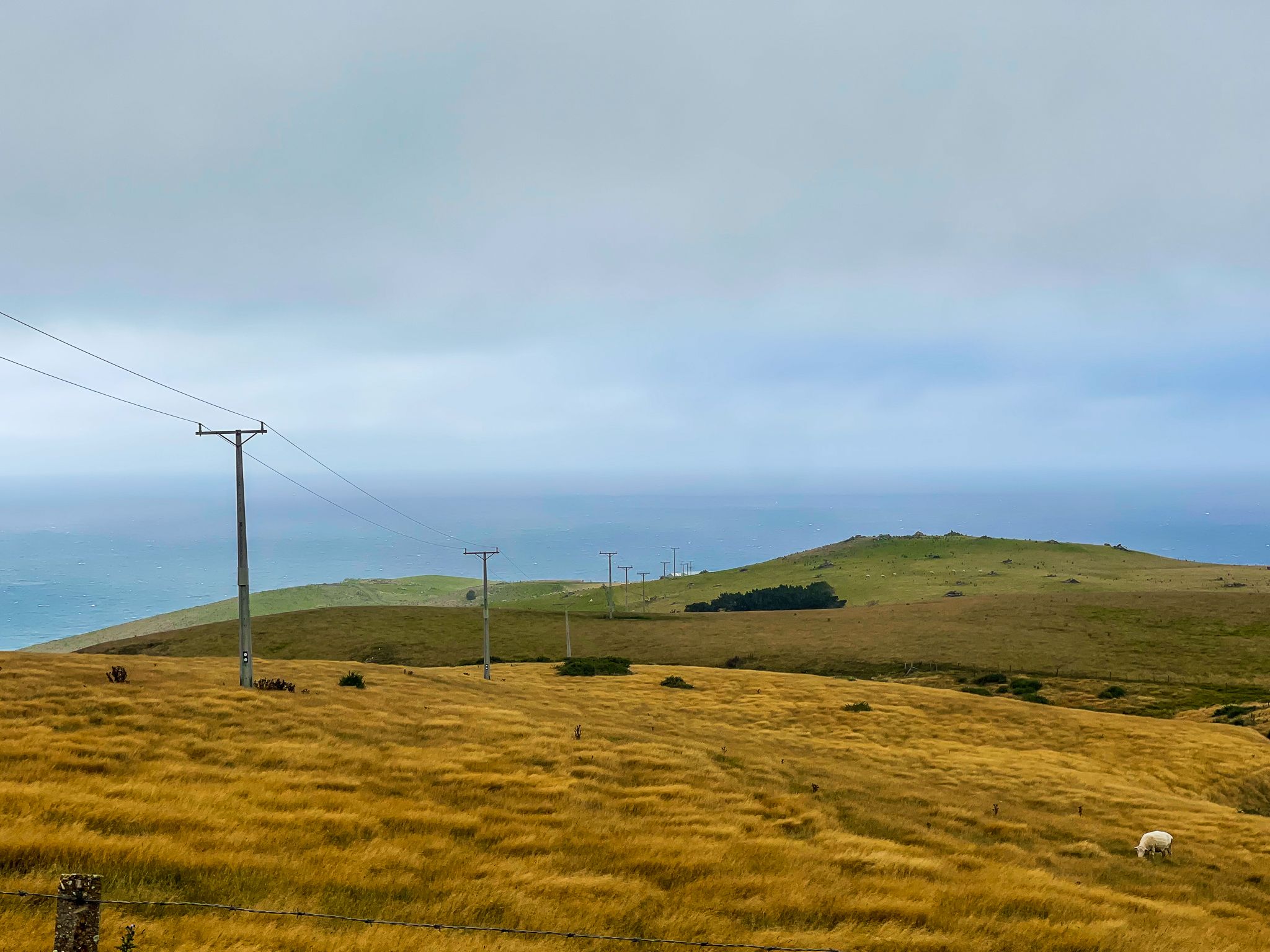Discover the Otago Peninsula
The Otago Peninsula, known as Muaūpoko to Māori, is a captivating destination on the South Island's east coast, offering a blend of remote natural beauty and the comforts of Dunedin City. Nestled between Otago Harbour and the Pacific Ocean, this area is renowned for its rugged landscapes and unique wildlife, including the rare hoiho (yellow-eyed penguins) and the world's only mainland albatross breeding ground at Taiaroa Head.
Geological Wonders and Scenic Views
The peninsula's terrain is defined by steep hills, remnants of the ancient Dunedin Volcano, which was active between 10 and 16 million years ago. The eroded volcanic landscape includes the striking Harbour Cone, with a walking track to the top, a testament to the area's geological past. The Dunedin suburbs of Waverly and Andersons Bay mark the peninsula's southern end, while rural backcountry and stunning harbour and ocean views await along Highcliff Road.
Exploring the Peninsula
Begin your exploration on Portobello Road, starting from Andersons Bay inlet. This route follows the harbour coast and includes a shared walking and cycling track. As you travel, you'll encounter small bays and the charming village of Portobello, home to the Portobello Marine Laboratory. Nearby, Quarantine Island / Kamau Taurua provides additional exploration opportunities. Continuing along Harrington Point Road to Taiaroa Head provides breathtaking views, even if you choose not to pay for albatross viewing.
Beaches and Walks
From Portobello, head inland on Allans Beach Road to reach Allans Beach, where you might spot sea lions. For a more secluded experience, take a detour to Okia Reserve and Victory Beach, a one-hour return walk named after a historic shipwreck. Highcliff Road, accessible from Portobello, offers access to Sandymount and Sandfly Bay, with stunning views from the 240-metre-high ridge above Hooper Inlet. The Sandymount Loop Track features the dramatic view of Lovers Leap.
There are also two beautiful beaches at the south end of the peninsula - Tomahawk Beach and Smaills Beach. These beaches can be accessed from St Kilda on Tomahawk Road or from Highcliff Road on Centre Road.
Side Trip to Larnach Castle
Highcliff Road reaches its peak at 300 metres, providing panoramic views across the harbour to Dunedin. From here, you can explore walking trails leading to the Pacific coast. A side trip on Camp Road to Larnach Castle, New Zealand's only castle, is highly recommended for its beautiful gardens and historic interior.
How to Get There
To tour the Otago Peninsula, start from Dunedin City and head towards Andersons Bay. From there, follow Portobello Road along the harbour coast, then Harrington Point Road to Taiaroa Head. Return towards Porobello, and take Weir Road to Okia Reserve and Victory Beach. Drive back all the way to Portobello, to take Allans Beach Road to Allan Beach, then return again to Portobello to take Highcliff Road back towards Dunedin.
Allow a day to explore the main attractions, but to fully explore the peninsula, plan for a three-day visit. There is also a (mostly) dedicated bike trail from Dunedin to Taiaroa Heads.
